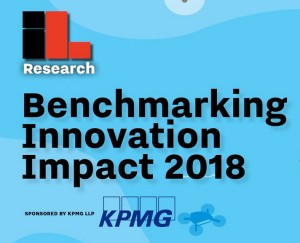 Recently I was exploring the world of Product Lifecycle Management (PLM) and read an excellent Whitepaper from Aras Corp, one of the leading PLM solution providers.
Recently I was exploring the world of Product Lifecycle Management (PLM) and read an excellent Whitepaper from Aras Corp, one of the leading PLM solution providers.
The Whitepaper called “Product Complexity, Digital Transformation, and the Innovation Imperative- The race to reinvent how complex products are developed is here“.
This made me a little jealous and a little wishing that ‘we’, across the whole of innovation management, could not have one of these platforms available today. Some claim that they do this already but seriously they do not.
I have argued we do need to change the way we undertake innovation and its development. I am really frustrated by the legacy we have in our processes, systems and the ways we approach innovation, and its development lifecycle. We still break it up into separate parts, dealing with the pre-ideas stage, collecting insights, the idea management, then into a pipeline or portfolio system, that all has so such manual and siloed approaches built into this. These are tue legacy systems.We do need to bring innovation management into the 21st century where everything is transformed through a platform that allows total integration.
So as I read about the solution that Aras provides to the designers within Manufacturing to manage PLM complex systems and products, you have to wonder why this cannot be extended into all innovation’s management. Of course what “sits” on the platform will be different but it has much that can adapted and aligned in the principles of any design. Continue reading “Can We Have One of These? A Product Innovation Platform”







